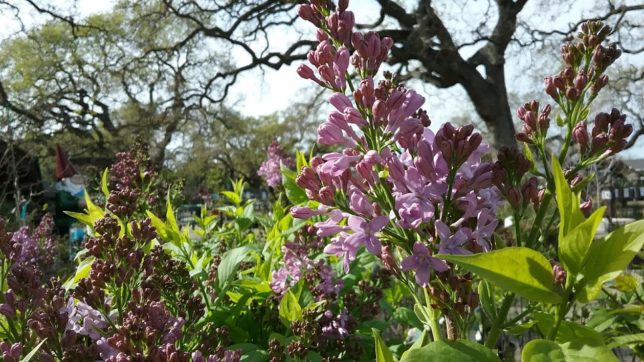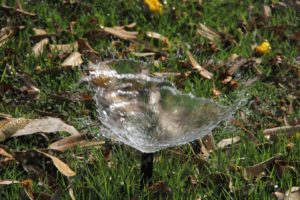 With warmer weather upon us, it’s time to give your irrigation systems a seasonal look-through to confirm everything is in working order. We don’t want to waste water.
With warmer weather upon us, it’s time to give your irrigation systems a seasonal look-through to confirm everything is in working order. We don’t want to waste water.
Bugs can plug nozzles; heads can shift out of alignment, calcium can accumulate and reduce flow. Turning everything on during daylight hours will let you see what’s working and what’s not. The following charts can help with a thorough checkup.
Periodic Checklist
| Task | Annually | Seasonally | Monthly | Notes |
| Change Batteries | X | Check connections for corrosion and battery leakage damage. Make sure transformers are working. Check for frayed or broken control wires. Verify fuses, circuit breakers, etc. are OK, and the electrical supply circuit is functional. | ||
| Flush System | X | Remove line end caps and run water until clear. | ||
| Clean Filters | X | Clean screens. Replace filter elements and broken or torn filter screens. | ||
| Adjust Timer Settings | X | Adjust for changes in rain. Be sure to avoid zone time overlaps that will affect performance due to low pressure. Watering early in the morning saves water due to lower wind dispersal and reduced evaporation. | ||
| Visual Inspection Test | X | See monthly checklist below. |
Monthly Checklist
| Monthly Checklist | |||
| Monthly test run each valve during daylight hours and perform a visual inspection |
|||
| Checkpoint | Yes | No | Notes |
| Is any water being sprayed on the street or sidewalk? We must conserve every drop. | |||
| Is there run-off of water? | Some surfaces absorb less water than others. Sloping areas often need less water per time and more frequent watering to prevent run-off. Note: our hard clay-type soils may need a periodic application of Grow More EZ-Wet and Gypsum to solve chronic water run-off problems. | ||
| Are there excessively damp areas or standing water ? | Shaded areas, hard clay-type soils, lower levels receiving run-off often need less water. Note: our hard clay-type soils may need a periodic application of Grow More EZ-Wet and Gypsum to solve chronic water run-off problems. | ||
| Are there obstructions preventing the water from reaching the desired areas? |
Be aware that changes in plant size and position or the addition or alteration of landscape items may require sprinkler adjustments. | ||
| Are there any observable leaks or breaks in the pipe? | |||
| Are any heads/emitters missing? | |||
| Do you need fewer or additional active heads/emitters? | Be aware of changing needs due to changing landscapes. Sprinkler systems should be considered a seasonal work in progress rather than static.
Sometimes adding/activating or disabling heads/emitters will accomplish more than trying to adjust a single head/emitter. |
||
| Are any heads/emitters broken? | If you have pop-ups make sure, they rise and retract fully. | ||
| Are any heads/emitters clogged? | |||
| Are any heads/emitters pushed too far into the ground? | |||
| Are any heads/emitters tilted/spraying in the wrong direction? | |||
| Is the pressure too low? | Spray not reaching all desired areas. Spray forming large water droplets. Presence of doughnut-shaped dry areas. Rotor speed is too slow, and rotors are not rotating. See timer zone overlap note above. Note: choose a time in the morning when competition for water is at a minimum — in other words, avoid shower time. |
||
| Is the pressure too high? |
Spray overshooting desired areas. Spray misting. Dry areas between heads. Rotor speed is too fast, and rotors are not rotating. Heads/emitters/supply lines are leaking. |
||
| Is the timer working properly? | Confirm program settings are proper for the current season. | ||

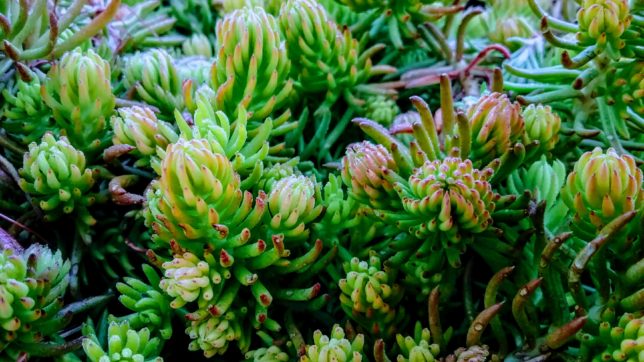
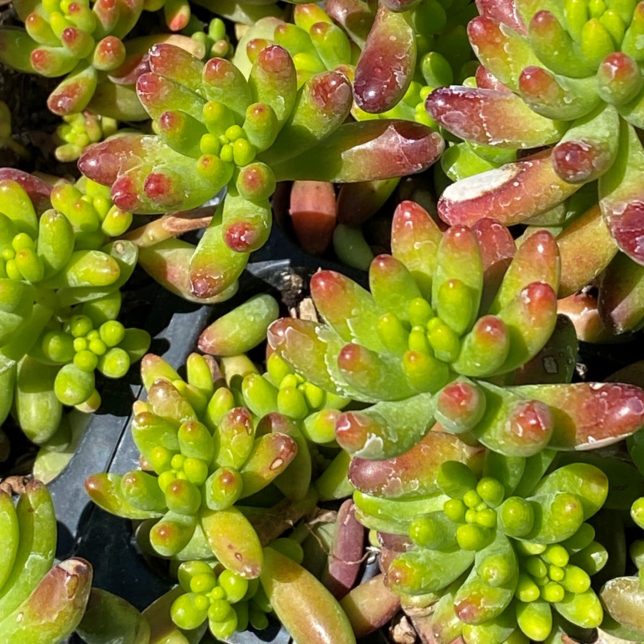
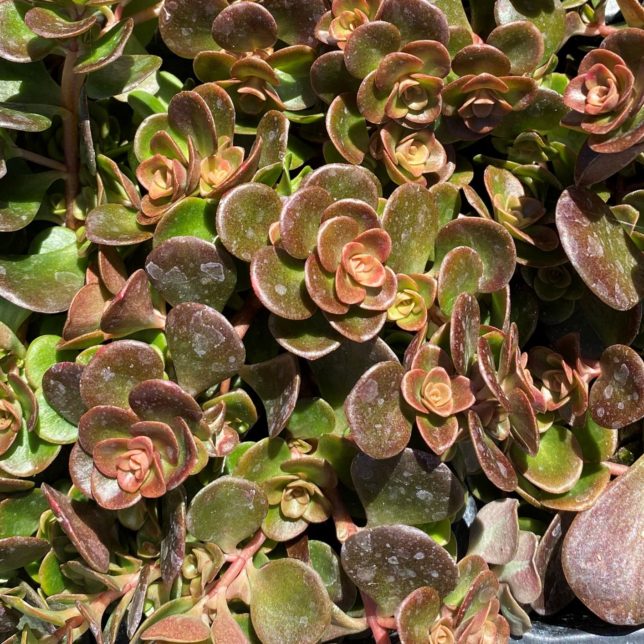
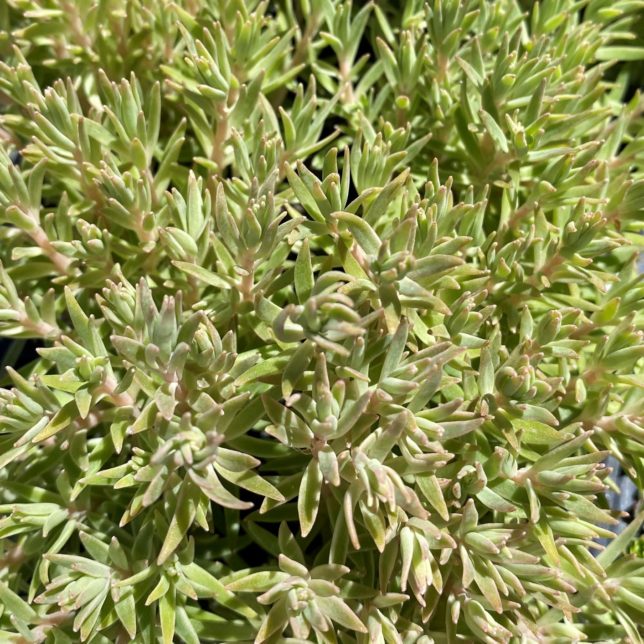
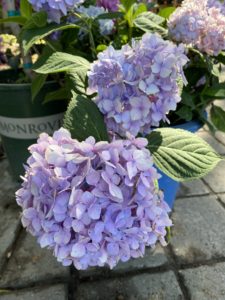
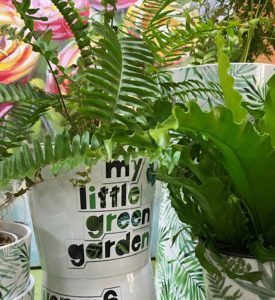
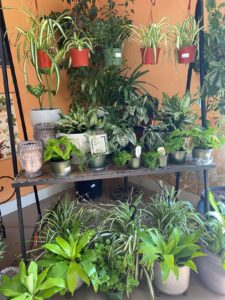
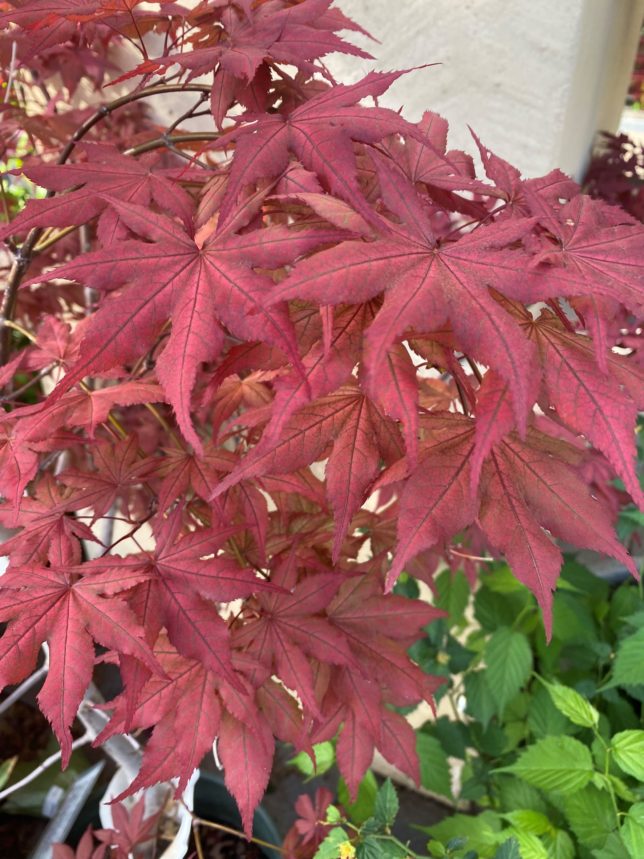

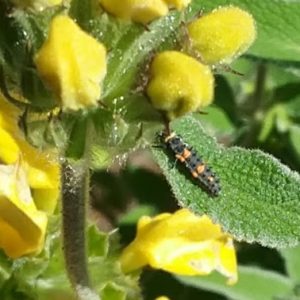

 Now is the time to hang Yellow Jacket Traps. Early spring is the time to capture the colony’s queens thus exponentially reducing the yellow jackets in the area later in the year.
Now is the time to hang Yellow Jacket Traps. Early spring is the time to capture the colony’s queens thus exponentially reducing the yellow jackets in the area later in the year.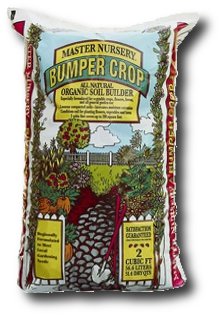 Three to four inches of
Three to four inches of 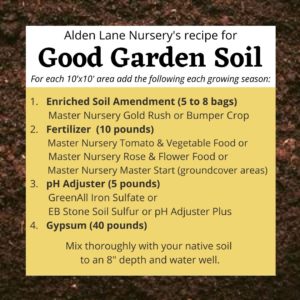
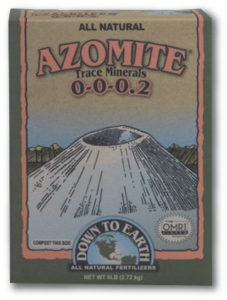 California’s alluvial soils of the Central Valley are rich and friable because centuries of seasonal flooding have deposited minerals from the eroding Sierras into the fertile lowlands.
California’s alluvial soils of the Central Valley are rich and friable because centuries of seasonal flooding have deposited minerals from the eroding Sierras into the fertile lowlands.